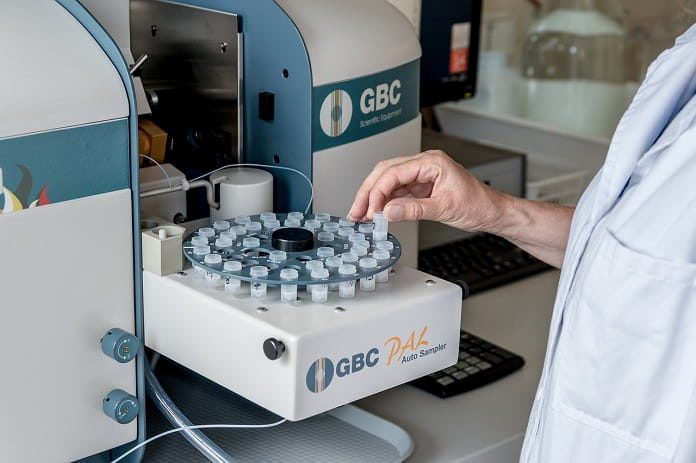A recent article in Nature Methods describes a protocol for differentiating embryonic stem cells into spinal cord neural stem cells and demonstrated their ability to engraft and improve motor function in a rat model.
Multiple groups in the field of neuroscience have been focusing on the regenerating and elastic capabilities of neural stem cells. Neural stem cells are undifferentiated cells that can produce neurons – cells that are a part of the nervous system – and differentiate into different cell types. With these characteristics, neural stem cells are seen as having enormous potential to regenerate injuries and cure diseases related to the nervous system.
From embryonic cells to neural stem cells
One thing that is currently lacking in the field is a standardized protocol to produce spinal cord neural stem cells using human embryonic stem cells, which come from eggs that have been fertilized in a lab and donated for research purposes with informed consent from the donors. To address the need of easily-produced spinal cord neural stem cells, a group from California, United States investigated different ways to produce and maintain neural stem cells from embryonic cells and published their findings in Nature Methods.
Culturing neural stem cells
The scientists identified and added certain factors to embryonic stem cell cultures in order to convert them to neural stem cells with high purity. This process took three days, and the neural stem cells remained undifferentiated for another seven days. Next, the authors of the study approached the challenge of maintaining their stem cell characteristics while generating sufficient quantities of stem cells for future use. They added three different proteins in the culture that would differentiate the cells into spinal cord stem cells and help maintain the ability to self-renew over several months.
Neural stem cells can improve spinal cord injuries in rats
To examine whether the cells could generate different cell types in the spinal cords of animals, this group of scientists used a rat spinal injury model. Neural stem cells were injected into the spines of rats after inducing spinal injury. The stem cells were able to expand to very large numbers and into different types of cells over a period of three months. Later experiments also showed that an injection of neural stem cells could improve hind-limb function in rats with a spinal injury.
This study presents a novel protocol for producing spinal cord neural stem cells in the lab and thoroughly characterizes the cells. Not only were the cells able to be stably expanded over several months while retaining the characteristics of stem cells, but they were also able to generate different cell types within the rat spinal cord and improve motor function of injured rats.
The results presented in the study have major implications in the clinical use of neural stem cells for health conditions like spinal cord injuries. Future studies can confirm whether the engraftment of these neural stem cells can treat spinal cord injuries in primate models, and hopefully eventually in humans.
Written by Branson Chen, BHSc
Reference: Kumamaru H, Kadoya K, Adler AF, Takashima Y, Graham L, Coppola G, Tuszynski MH. Generation and post-injury integration of human spinal cord neural stem cells. Nature methods. 2018 Aug 6:1.



